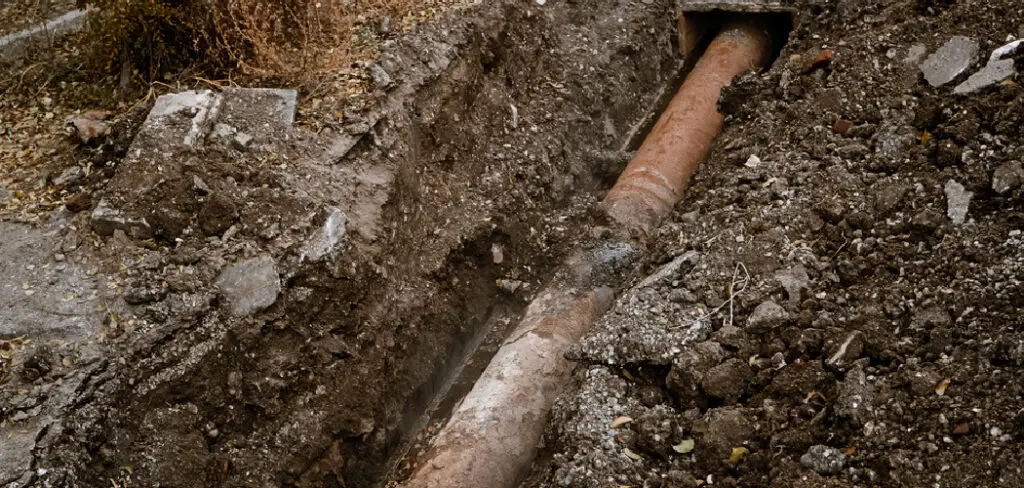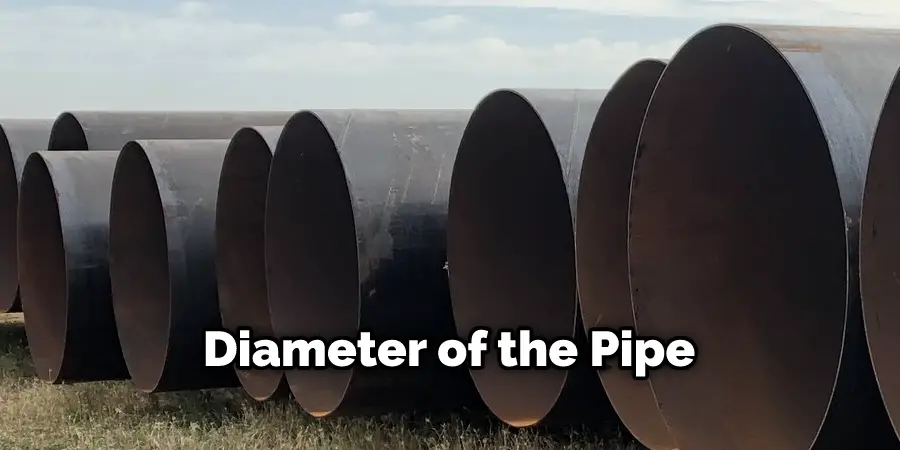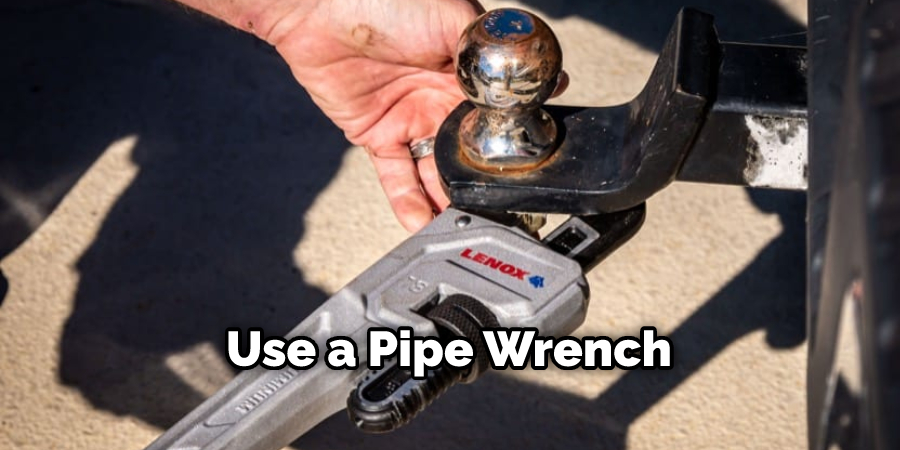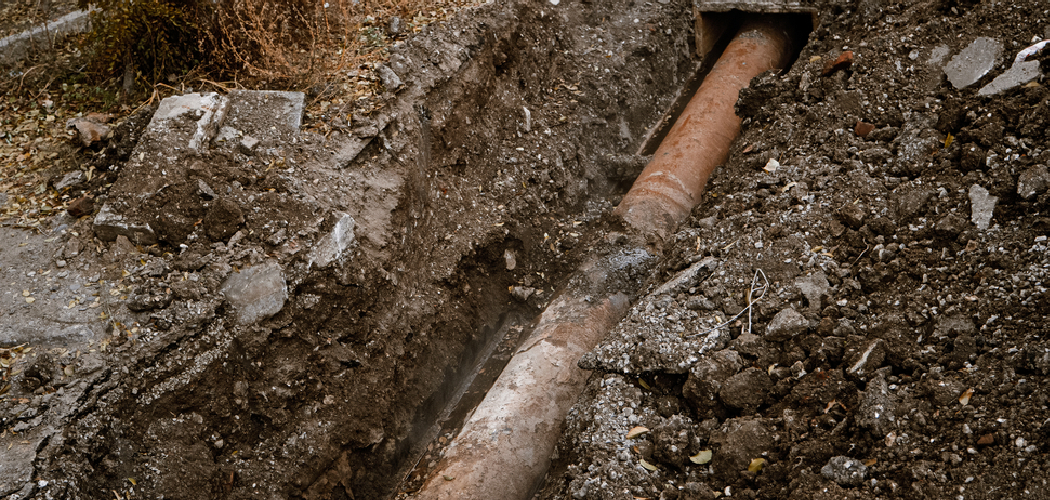Do you know how to fix belly in sewer line? Many people encounter this issue without knowing what to do. It can be an intimidating problem that requires professional help, but it is possible to DIY if you have the right tools and expertise. In today’s blog post, we’ll dive into some of the steps involved with fixing bellies in sewer lines so you can get your pipes functioning again and proactively prevent future issues from happening.

For many homeowners, having to deal with a backed-up sewer line can be an overwhelming experience. Sewer line backups are often difficult and complex repairs, but fortunately, you don’t have to resort to expensive excavation services if the problem is limited to a belly in the sewer line.
A “belly” forms when groundwater around your home’s foundation pushes soil under your house’s concrete slab and creates a low area in the pipe that allows silt or debris to accumulate over time. Knowing how to properly identify and address this issue might save you thousands of dollars on unnecessary excavation costs.
Why is It Important to Fix Belly in Sewer Line?
It is important to fix a belly in your sewer line for many reasons. Such as:
1. To Prevent Blockages and Backups
One of the main reasons to fix a belly in a sewer line is to prevent blockages and backups. When water and solids become stuck in the curve of the pipe, it can create a clog that will cause sewage to back up into your home or business. Also, the pressure created by the clog can cause pipes to burst, resulting in costly repairs and further damage.
2. To Improve Flow Efficiency
When there is a belly in the sewer line, it reduces the diameter of the pipe, reducing water flow efficiency. This can cause longer wait times for drainage or even flooding if left unchecked. Also, having a blocked or clogged pipe can cause water pressure to build up, leading to further damage.

3. To Help Prevent Expensive Repairs and Replacement
Fixing a belly in a sewer line helps prevent costly repairs and replacement down the road by preventing blockages, backups, and other issues that could otherwise lead to expensive repair bills. It can also help improve the life of your pipes and plumbing system, leading to a more efficient and cost-effective solution.
In conclusion, it is important to fix a belly in the sewer line as soon as possible to avoid costly problems. Regular maintenance and inspections can help detect issues before they become too serious, allowing you to address any issues quickly before they become expensive repairs.
10 Tips On How to Fix Belly in Sewer Line
1. Start by Assessing the Issue
This will involve determining the size and location of the belly so you can plan accordingly. Make sure to take into account any other potential issues in the line, like root intrusion, corrosion, or breaks. Also, inspect the area around the belly for any damage or deterioration.
2. Locate a Clean Access Point
A clean access point is necessary in order to reach the belly and make repairs, so this should be your first priority when trying to fix it. If one isn’t available, you may need to cut or bore a hole through the concrete or asphalt in order to gain access.
3. Use a Camera for Visualization
It’s important to see exactly what you’re dealing with so that you can properly address it. If your sewer lines are older, then you may want to use a camera attached to a long cable in order to get a better view.
4. Remove the Belly with a Sewer Plow
A sewer plow is a powerful tool that can be used to remove sections of pipe, including bellies. The plow cuts through the existing pipe and then pulls out the entire section in one piece. Be sure to wear protective gear and follow safety protocols when operating this equipment.
5. Flush the Line with a Hydrojetter
A hydrometer is a tool that uses high-pressure water jets to clean out pipelines, including bellies. It can be used to flush out debris and other materials that have built up inside the line over time.
6. Replace the Belly with a New Section of Pipe
If the existing belly is beyond repair, you’ll need to install a new section of pipe. Make sure to use the same type and size of pipe so that it fits properly and won’t cause any further issues.

7. Install a Cleanout for Easier Access
A cleanout is a specially designed access point that gives easy sewer line access. This can be useful if you need to make any future repairs, as it will save you from having to cut through concrete or asphalt again.
8. Consider Replacing the Entire Line if Necessary
If the entire line is damaged beyond repair, then you may need to consider replacing it entirely. This can be costly and time-consuming, but it’s often necessary to avoid further problems down the road.
9. Test for Leaks After Repairs are Complete
Once all repairs and replacements have been made, you’ll want to thoroughly test leaks. This can be done using a camera or other specialized equipment to ensure everything is functioning properly.
10. Have the Line Professionally Inspected
Finally, it’s important to have the sewer line professionally inspected after any repairs or replacements have been made. This will help identify any potential issues that may arise in the future and give you peace of mind that everything is functioning correctly. Taking these steps can help ensure that your sewer line continues to operate effectively and efficiently for many years.
Following these tips will make sure you’re well on your way to fixing a belly in your sewer line. If you ever find yourself in doubt, it’s always best to call a professional plumber for assistance. They will be able to provide more advice and guidance as well as complete any necessary repairs or replacements that may be needed. Good luck!
Frequently Asked Questions
What Precautions Should I Take Before Repairing a Belly in My Sewer Line?

It is important to take proper safety precautions before starting any repair work. Wear gloves, safety glasses, and a dust mask when handling the material that makes up the sewer line. Ensure you have adequate ventilation in the area, as sewer gas can be hazardous. Additionally, make sure you know where the sewer lines run and that they are not obstructed before starting any work.
What Tools Do I Need to Fix a Belly in My Sewer Line?
To fix a belly in your sewer line, you will need a drain auger, a plumber’s snake or rodding machine, a hacksaw, hacksaw blades, and a pipe wrench. You may also need a bucket to collect any debris or wastewater during the repair process. Also, make sure you have a good light source and a flashlight handy.
How Do I Locate the Belly in My Sewer Line?
The best way to locate a belly in your sewer line is to use an auger, plumber’s snake or rodding machine. Insert the tool into the line at different angles until you locate the blockage or bellying. Also, you may need to check the main sewer line with a camera to determine the issue’s exact location.
What Steps Should I Take to Fix a Belly in My Sewer Line?
Once you have located the belly in your sewer line, you will need to cut out the bellied section and replace it with new piping. Start by cutting out the bellied section with a hacksaw and then use a pipe wrench to remove it from the line. Next, measure patio door and cut your new piping to size before inserting it into the line. Securely tighten the connections with a pipe wrench until they are snug but not overly tight. Finally, check for leaks at all of the connections before turning the water supply back on.

Conclusion
Now you know how to fix belly in sewer line. Although it can be a complex process, taking the necessary steps and following the tips outlined above will ensure that you get the job done correctly. Always remember to wear proper safety gear, use the right tools for the job, and have any repairs or replacements professionally inspected afterward. With careful planning and attention to detail, you should be able to fix a belly in your sewer line successfully.
Therefore, fixing your sewer line belly isn’t necessarily a simple process; however, it can be done with the proper training and assessment. You should always remember to practice proper safety precautions when you are undertaking any type of plumbing repair, especially something as serious as fixing a sewer line.
An experienced, licensed professional should always be consulted for repairs whenever possible, as mistakes can end up costing more in the long run if done incorrectly your first time around. With that said, tightening bolts and soldering pipes are some of the most common techniques used to fix sewer line bellies, so it pays to have basic knowledge about both of these systems.

